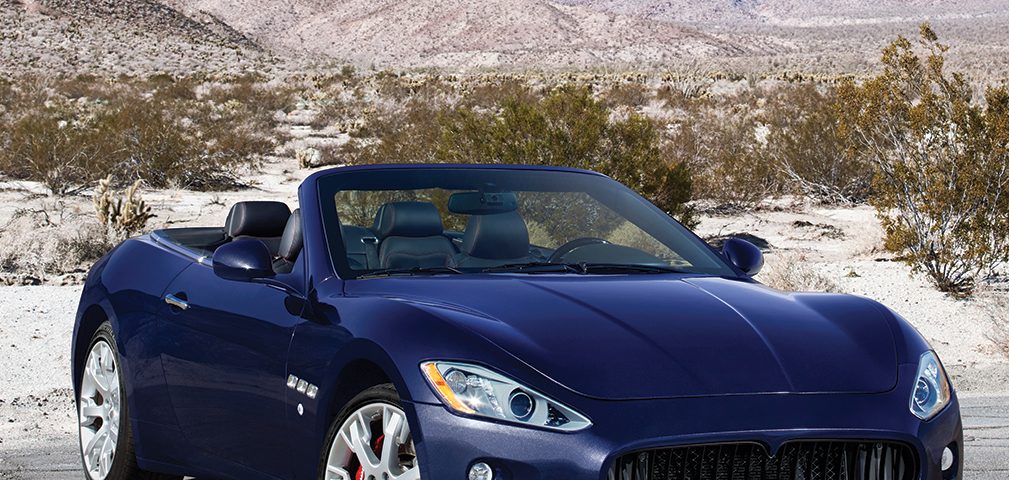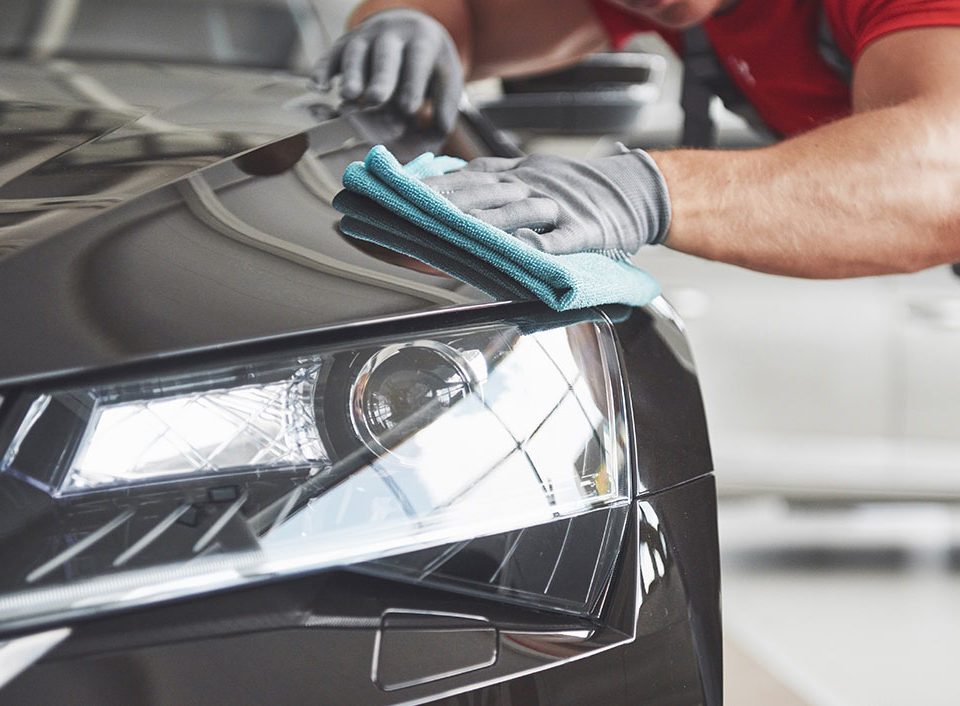- Specializing in Automotive Tint Mon-Fri 9am-5pm | Sat 10am-3pm
- (703) 440-0084
- paul@skylinetint.com

Common Mistakes to Avoid When Tinting your Car
February 8, 2019
How to Take Care of Your Newly Tinted Auto Windows
February 24, 2019When you undertake auto window tinting, it’s common for your windows to have bubbles. The bubbles are noticeable for a week or two. Their duration depends on the amount of sunlight exposure and the outside temperature.
While most of the bubbles go away after some time, others linger forever.
Why do bubbles come about?
The bubbles often come about as a normal part of the application process, as the water gets trapped between the window and the film. In most cases, these bubbles disappear within two weeks, depending on the amount of sunlight that your car is exposed to. If the bubbles linger for longer than two weeks, it’s a sign of poor window film application.
When the tinting film is installed by an inexperienced professional, they are bound to install it on dirt and debris preventing the adhesive from sticking as well as its supposed to.
Finally, the bubbles will come about when the tint is starting to break down or the adhesive is beginning to fail. This will often happen when the tinting film is improperly installed or you have chosen the wrong tinting material.
How can you prevent the bubbles from coming about?
Prevention is always better than cure; therefore, you should always work at preventing the bubbles from coming about in the first place.
The first thing is to ensure that the tinting is done by an experienced and certified professional. The professional will carefully get rid of all the dirt that might prevent the tinting film to adhere as well as its supposed to.
Many people make the mistake of hiring the first tinting company that they come across. Don’t do this. You should note that the contractor you hire is as good as the service that they will provide you with; therefore, ensure that you hire the most reputable one.
You also need to ensure that you pay attention to the quality of the tinting film that you install. The quality of the film is as good as the results that you will get; therefore, ensure that you install a high-quality film.
There are plenty of these films in the market that you can go for. You only need to contact a professional who will guide you on the right one that you should buy for your car.
Finally, you need to be cautious about how you clean the tinted window after installation. This is to ensure that the film doesn’t disintegrate after a short time. For your film to last for long, avoid ammonia cleaning materials. While they might provide good cleaning, they often damage the tinting film.
The best way of going about is by using cleaners that are specifically designed for use on tinted windows. If you are unsure of the right ones that you should buy, simply use water mixed with a little mild detergent or soap.
How do you remove the window bubbles?
If you have tried preventing the bubbles from coming about without much success, you should try removing them. The cool thing is that you only need to follow a series of steps and you will be good to go:
Heat the surface: It’s easier to work with a hot film. When you heat the window, you weaken the adhesive and soften the film so that you can easily manipulate it. One of the easiest ways of heating the window is leaving the car outside on a sunny day. You can also use a heat gun or hair dryer to heat the window.
Make the film and adhesive pliable: Other than heating the window, you will also need to weaken and loosen the adhesive using a mixture of water and soap. You should put the mixture in a spray bottle and spray it on the area that you want to work on.
The interaction between the heat and soapy water allow the film and adhesive to be malleable enough so that you can easily manipulate it.
Remove the air bubbles: Once the film is soft enough to manipulate, you should go ahead and remove the air bubbles. Auto glass tinting Springfield VA professionals recommend that you press out the bubbles using a squeegee or piece of plastic such as a credit card. You can also prick the bubble using a sharp pin.


